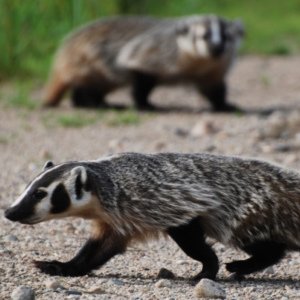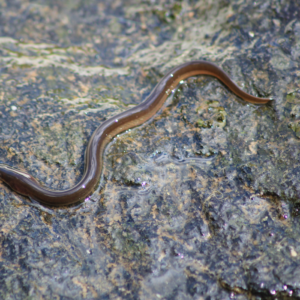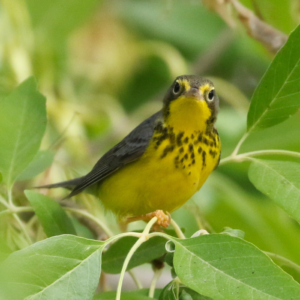Buff-breasted Sandpiper
The Buff-breasted Sandpiper breeds in the chilly Arctic regions of eastern Russia, Alaska, and Canada. 87% of its North American range is located in Canada. Save endangered species today by joining one of our campaigns!
Help End the ExtinctionVital Signs
- Common name: Buff-breasted Sandpiper
- Latin name: Tryngites subruficollis
- Conservation Status: Special Concern
- Range: Yukon, Northwest Territories, Nunavut, British Columbia, Alberta, Saskatchewan, Manitoba, Ontario, Quebec
- Lifespan: Estimated at 4-5 years
- Size: Average length of 18-20 cm, weighs 46-78 g
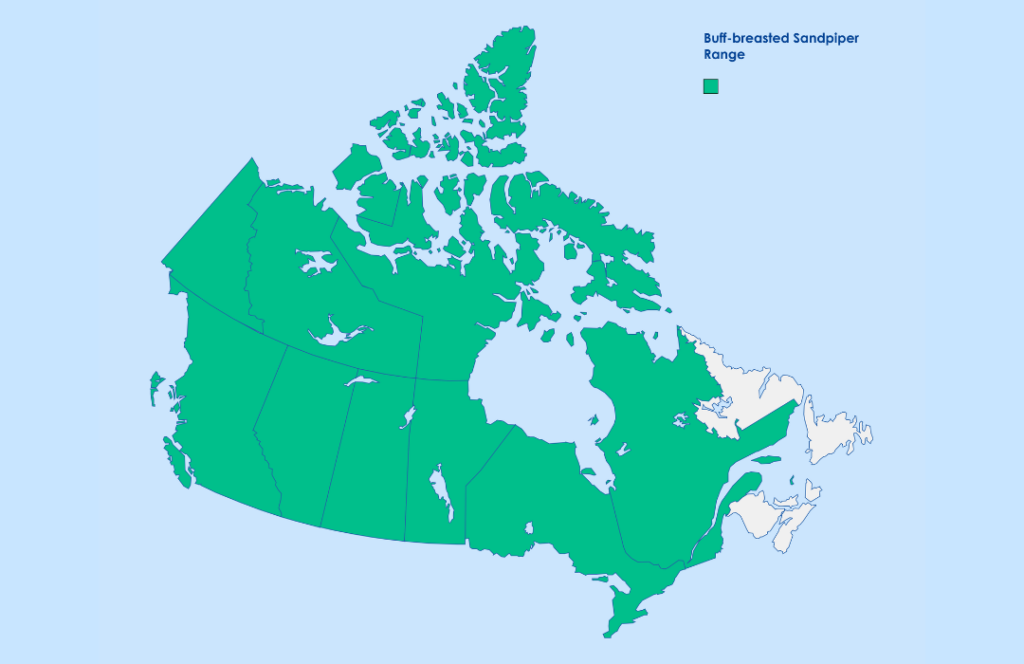
The Buff-breasted Sandpiper is a shorebird with a yellow-beige face (this colour is called “buff”) and underside. On their backs and wings, they have speckles that can be brown or black.
Buff-breasted Sandpiper Facts
- Lay eggs in nests on the ground
- Breeds and nests on the Tundra
- Only North American shorebird to engage in lek mating displays. This is when males gather in groups while performing courtship displays to attract females
- Eat insects and larvae, seeds, various crustaceans, and spiders!
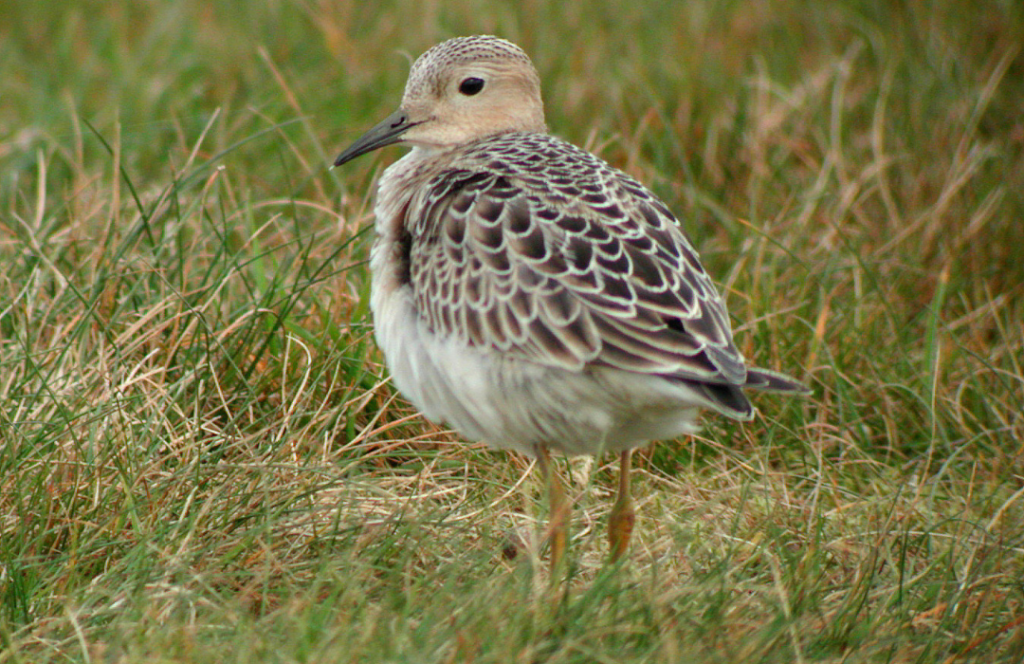
Threats
In the Canadian Arctic, mineral, coal, oil, and gas developments are being established in Buff-breasted Sandpiper habitats. Buff-breasted Sandpipers are vulnerable to environmental disturbance. They are losing Tundra habitat. Constricted food availability is also an issue, due to agricultural advancement and climate change.
Farming also poses a risk. Buff-breasted Sandpipers have lost habitat to cropland and land used for livestock grazing. When they nest close to farms, Buff-breasted Sandpipers are exposed to chemicals used in agricultural practices.
Habitat loss appears to be the primary threat to the Buff-breasted Sandpiper.
What’s Being Done
The species is protected under multiple acts. These include Canada’s federal Migratory Birds Convention Act (1994), as well as under provincial and territorial legislations including Alberta’s Wildlife Act (2000), Saskatchewan’s Wildlife Act (1998), and Nunavut’s Wildlife Act (2003). However, these protections do not extend to the Buff-breasted Sandpiper’s habitat.
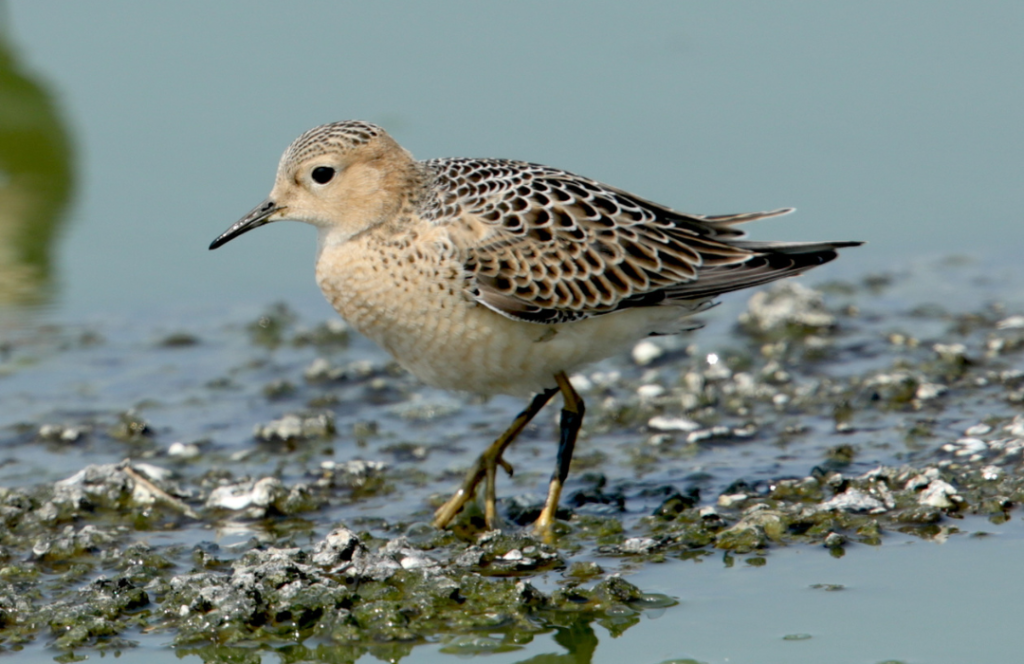
Canada has committed to the goal of protecting 30% of lands, ocean, and freshwater in Canada by 2030. This goal will help protect ecosystems, restore habitats, and fight climate change. All these things are a step in protecting Canada’s at-risk animals—so let’s hold the federal government to their promise.
How to Help
- Help Out: Support habitat conservation and bird conservation initiatives.
- Make earth-friendly consumer choices: This helps mitigate the impacts of climate change.
- Learn: Stay informed about endangered species by signing up for Nature Canada’s monthly e-newsletter.
- Find out more: Help us end the extinction by taking action for nature today—visit conservation websites like Nature Canada or join one of our campaigns!
Resources
- The Cornell Lab – All About Birds: Buff-breasted Sandpiper
- COSEWIC – Assessment and Status Report
- SARA – Species Profile
Originally drafted by volunteer Amanda Simard. Updated in July 2022 by Simona Casale.

